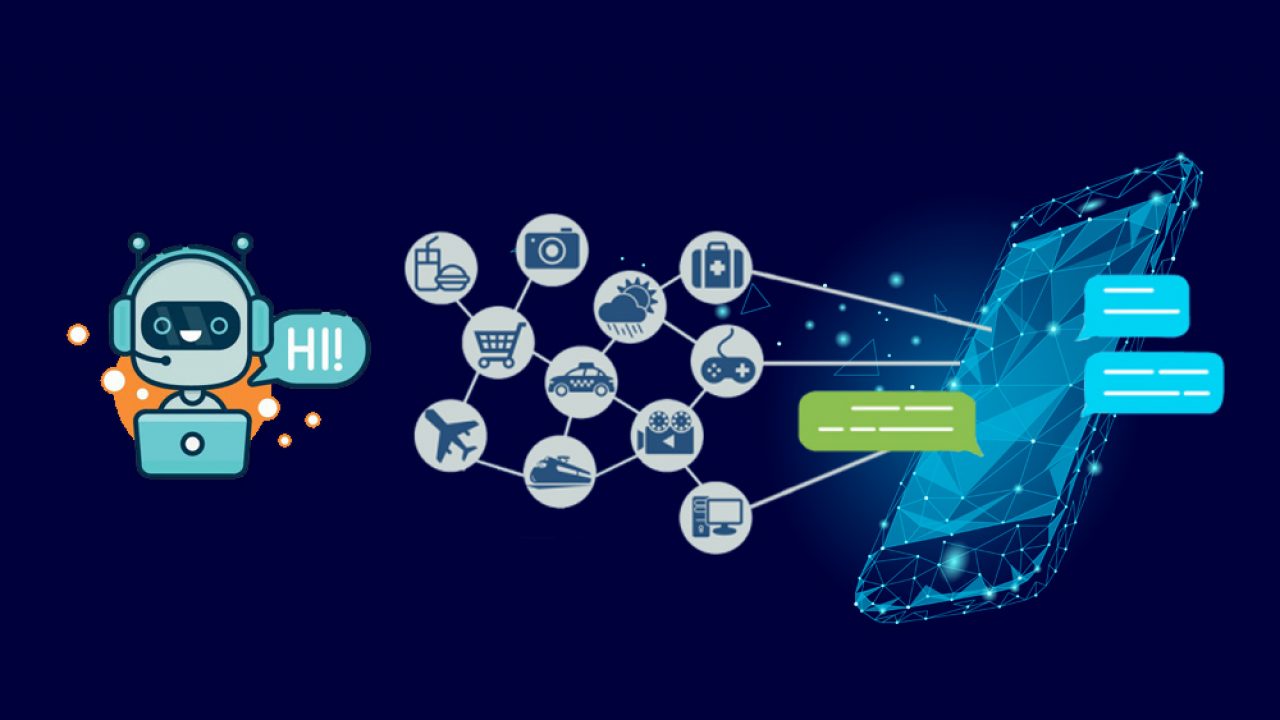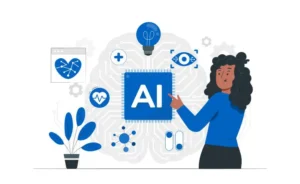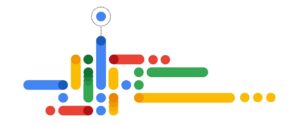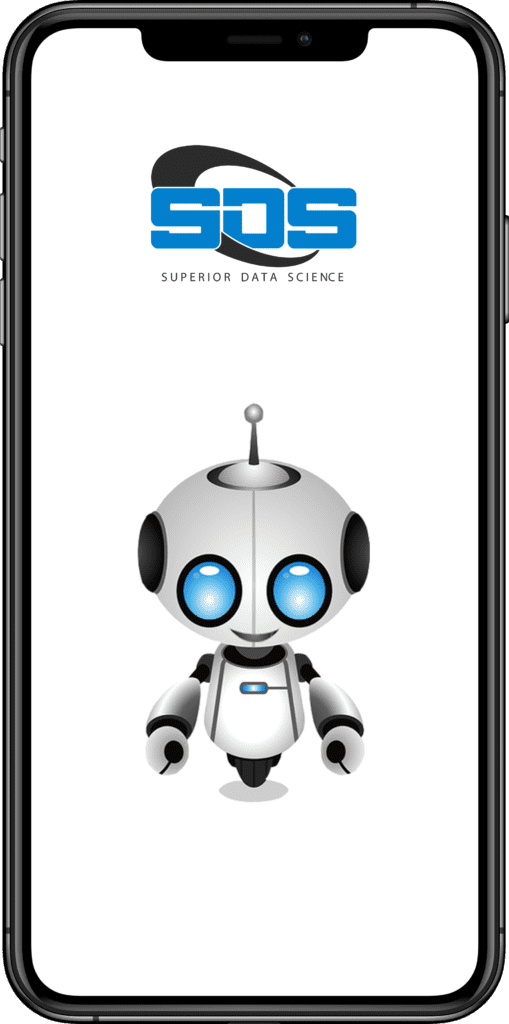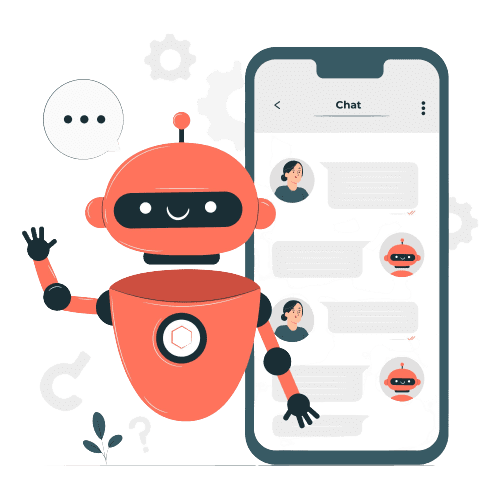Are you ready to embark on an exciting journey of creating your very own chatbot? Look no further than our comprehensive “Chatbot Guide.” The popularity of chatbots has soared in recent years, thanks to their incredible versatility across various domains, including customer service, lead generation, and even entertainment. Building a chatbot from scratch may seem daunting at first, but fear not! Our step-by-step approach guarantees a delightful and fulfilling experience. Join us as we dive deep into the process of crafting a chatbot, equipping you with the essential guidance you need to succeed.
Understanding Chatbots
Before we delve into the intricacies of building a chatbot, it’s important to have a clear understanding of what a chatbot is. A chatbot is a computer program designed to simulate conversations with human users, typically through text or voice interactions. These intelligent programs can be powered by artificial intelligence (AI) algorithms or rule-based systems. Chatbots have gained significant popularity in recent years due to their ability to automate tasks, provide personalized customer support, and enhance user experiences across various industries.
Determining the Purpose of Your Chatbot
To kickstart the creation of a chatbot, the first crucial step is to establish its purpose. Take a moment to reflect on what you aim to achieve with your chatbot. Will it be dedicated to delivering exceptional customer support, generating valuable leads, or providing entertaining interactions for users? The purpose you define for your chatbot will serve as the foundation for its design, functionality, and the features it will possess. By clarifying its purpose from the outset, you can ensure that your chatbot aligns perfectly with your intended goals and delivers optimal results.
Choosing a Platform for Your Chatbot
Once you have determined the purpose of your chatbot, the next step is to select a suitable platform for its development. You have various options to choose from, such as Facebook Messenger, Slack, and WhatsApp, among others. It’s essential to evaluate the features and limitations of each platform and choose the one that aligns best with your specific requirements. Consider factors like the target audience, integration capabilities, and desired user experience to make an informed decision. By selecting the most appropriate platform, you can lay a solid foundation for building and deploying your chatbot effectively.
Designing Your Chatbot
The design of your chatbot is crucial to its success. A well-designed chatbot will be user-friendly, engaging, and easy to use. Consider the following factors when designing your chatbot:
Conversation Flow
One critical aspect of building a chatbot is designing a well-structured conversation flow, which determines how the chatbot engages with users. The conversation flow should be carefully crafted to ensure it follows a logical path, making it easy for users to navigate and understand. It’s crucial to consider the user’s perspective and provide value throughout the interaction. By designing an intuitive and meaningful conversation flow, you can enhance the user experience and maximize the chatbot’s effectiveness in delivering the desired outcomes. Remember, a well-designed conversation flow is key to creating engaging and valuable interactions with your chatbot.
User Interface
When developing a chatbot, the user interface plays a vital role in facilitating communication between the chatbot and the user. The user interface can take various forms, such as text-based interactions, voice interactions, or a combination of both. It is crucial to carefully select a user interface that aligns with your target audience and the purpose of your chatbot. Consider factors like user preferences, accessibility, and the context in which the chatbot will be used. By choosing an appropriate user interface, you can ensure seamless and effective communication, enhancing the overall user experience and achieving your desired goals.
Personality
When creating a chatbot, its personality plays a significant role in capturing user attention and making the interaction more engaging. To define the personality of your chatbot, consider your target audience and the purpose it serves. Determine the appropriate tone and style that will resonate with your audience and align with your chatbot’s purpose. For instance, a chatbot targeting a professional audience may adopt a formal and informative tone, while a chatbot designed for entertainment purposes might embrace a more casual and playful personality. By carefully crafting your chatbot’s personality, you can create a memorable and enjoyable user experience that effectively achieves its intended objectives.
Developing Your Chatbot
Once you have designed your chatbot, it’s time to develop it. The development process involves writing code and integrating it with your chosen platform. Consider the following steps when developing your chatbot:
Choose a Programming Language
When it comes to developing a chatbot, selecting the right programming language is crucial to ensure the desired functionality and features. There are several popular choices for chatbot development, including Python, Node.js, and Ruby. Each of these programming languages offers its own advantages and ecosystems for building chatbots. Python is known for its simplicity and readability, making it a popular choice for beginners and AI-driven chatbots. Node.js, on the other hand, excels in handling real-time interactions and scalable applications. Ruby is valued for its elegant syntax and developer-friendly environment. Consider the specific requirements of your chatbot and the strengths of each programming language to make an informed decision that best suits your needs.
Use a Chatbot Framework
Utilizing a chatbot framework can significantly streamline your chatbot development process, saving you time and effort. There are several chatbot frameworks at your disposal, including widely-used options like Microsoft Bot Framework and Google’s Dialogflow. These frameworks provide pre-built components and tools that simplify the implementation of key chatbot functionalities. With a chatbot framework, you can leverage features like natural language processing, intent recognition, and seamless integration with various messaging platforms. By choosing an appropriate chatbot framework, you can expedite the development process, enhance the functionality of your chatbot, and deliver a seamless conversational experience to your users.
Integrate Your Chatbot with a Platform
To integrate your chatbot with a specific platform, you’ll need to establish a connection between your chatbot and the platform’s API. This integration allows your chatbot to send and receive messages seamlessly within the platform. The process typically involves configuring your chatbot to interact with the API endpoints provided by the platform, enabling it to handle incoming messages and respond accordingly. By integrating your chatbot with a platform, you can leverage its existing user base and infrastructure, reaching a wider audience and enhancing the accessibility of your chatbot. Successful integration ensures smooth communication between your chatbot and the platform, enabling users to interact with your chatbot effortlessly.
Testing Your Chatbot
Testing is an essential part of chatbot development. It ensures that your chatbot functions correctly and provides a positive user experience. Consider the following steps when testing your chatbot:
Functional Testing
Functional testing plays a crucial role in chatbot development as it involves thoroughly testing each function and feature of your chatbot to ensure proper functionality. The purpose of functional testing is to verify that every aspect of your chatbot works correctly as intended. This includes testing various user inputs, validating the chatbot’s responses, and verifying the behavior of individual functions or features. By conducting comprehensive functional testing, you can identify and resolve any issues or bugs that may affect the performance and user experience of your chatbot. This rigorous testing process helps ensure that your chatbot delivers a seamless and reliable user experience, meeting the desired objectives effectively.
User Acceptance Testing
User acceptance testing involves testing your chatbot with real users to gather feedback and improve its performance.
Deploying Your Chatbot
Once you have tested your chatbot, it’s time to deploy it. Deploying your chatbot involves making it available to users. Consider the following steps when deploying your chatbot:
Choosing a Hosting Platform
User acceptance testing gathers valuable feedback by involving real users to improve chatbot performance. This testing assesses how well the chatbot meets user expectations and identifies areas for improvement. Real users provide insights into interactions, preferences, and pain points, enhancing the chatbot’s usability. User acceptance testing validates the chatbot’s design, functionality, and user experience for desired outcomes. Feedback from this testing refines and optimizes the chatbot, enhancing performance and usability for users.
Publish Your Chatbot
Once you have developed your chatbot, the next step is to publish it on your chosen platform and promote it to your target audience. Make sure to provide clear instructions on how to use your chatbot and emphasize the value it offers to users. This can include highlighting its features, benefits, and any unique capabilities it possesses. Utilize various marketing channels, such as social media, website integration, or email campaigns, to reach your target audience effectively. Engage with your audience by actively responding to their queries and feedback, ensuring a positive user experience. By effectively publishing and promoting your chatbot, you can maximize its visibility and user adoption, ultimately achieving your intended goals.
Maintaining Your Chatbot
Maintaining your chatbot is an ongoing process that involves fixing bugs, adding new features, and updating its functionality. Consider the following steps when maintaining your chatbot:
Monitor Performance
Regularly monitoring your chatbot’s performance is crucial to ensure its effectiveness. Utilize analytics tools to gather data and insights about user interactions and behavior. Analyze this data to identify areas where your chatbot can be improved. Look for patterns or trends in user feedback or usage patterns that can guide your optimization efforts. Based on the analytics findings, make necessary adjustments to enhance your chatbot’s performance, user experience, and overall satisfaction. By actively monitoring and utilizing analytics, you can continuously refine and optimize your chatbot to meet the evolving needs of your users and achieve better outcomes.
Update Regularly
Regularly updating your chatbot is essential to enhance its functionality and ensure it stays current with the latest technologies. Evaluate user feedback and identify areas for improvement or new features to add. Incorporate these updates into your chatbot to enhance its performance and user experience. Stay informed about advancements in chatbot technologies and integrate relevant updates to leverage new capabilities. By consistently updating your chatbot, you can provide a more effective and seamless user experience while staying competitive in the rapidly evolving field of chatbot development.
Respond to User Feedback
Promptly responding to user feedback is crucial in improving your chatbot’s performance and enhancing the user experience. Actively listen to user suggestions, comments, and concerns, and take them into consideration for future updates. Analyze the feedback to identify recurring issues or areas for improvement. Use this feedback to make necessary adjustments and optimize your chatbot accordingly. By actively incorporating user feedback, you can address their needs, resolve any issues, and ensure that your chatbot delivers a satisfying and valuable experience to users.
Conclusion
Building a chatbot can be an enjoyable and fulfilling experience that brings value to your audience. By following the steps outlined in this article, you can create a user-friendly, engaging, and effective chatbot. Begin by clearly defining the purpose of your chatbot and what you want to achieve with it. Choose the right platform that aligns with your goals and target audience. Design a logical conversation flow that ensures smooth interactions. Develop your chatbot using the appropriate programming language and framework. Thoroughly test and refine your chatbot before deploying it to your intended audience, ensuring a successful implementation.
FAQs
What programming languages are commonly used for chatbot development?
Ans: Python, Node.js, and Ruby are popular choices for chatbot development.
Can chatbots be powered by artificial intelligence?
Ans: Yes, chatbots can be powered by artificial intelligence or rule-based systems.
Do I need to have coding experience to build a chatbot?
Ans: It is recommended to have some coding experience when building a chatbot, but there are several chatbot frameworks available that can simplify the development process.
Can chatbots be used for customer support?
Ans: Yes, chatbots can be used for a variety of purposes, including customer support.
How often should I update my chatbot?
Ans: It is recommended to update your chatbot regularly to improve its functionality and keep it up to date with the latest technologies.
